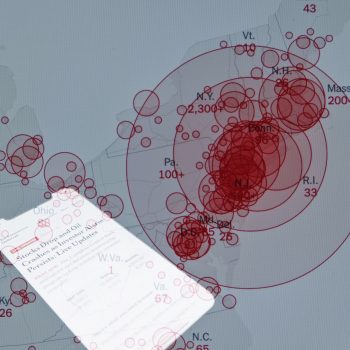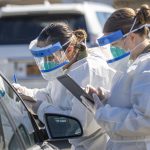In the early days of the coronavirus pandemic, many people were excited by the idea that technology could help us track and contain the virus’s spread. Singapore was one of the first to release a digital contact tracing app. Countries from Iceland to Australia soon followed, while Apple and Google built a platform that allows their phones to be used for contact tracing. The apps track who you’ve come into close contact with, using either GPS or a “digital handshake” between phones over Bluetooth. If a user gets Covid-19, they alert the app, and anyone who has been near them in recent days is notified that they may have been exposed.
So far, contact tracing apps don’t seem to be doing much to stop the spread of the virus. Researchers at Oxford University estimated that 60 percent of the population would need to use a contact tracing app for it to be effective, and no country has come close to that threshold. Does this mean we should give up on these apps?
As a data scientist who studies how contagions like the flu spread across networks and how epidemics can be controlled, I believe we’ve been thinking about contact tracing apps all wrong. Telling individuals if they may have been exposed to the virus is important, of course. But the larger value of these apps lies in the real-time data they can provide decisionmakers about people’s behavior, revealing the bigger picture of how many potential exposures are happening in a community every day and where they are occurring…
Read the full article at Wired Magazine.
This article was produced by Footnote in partnership with the USC Marshall School of Business.





